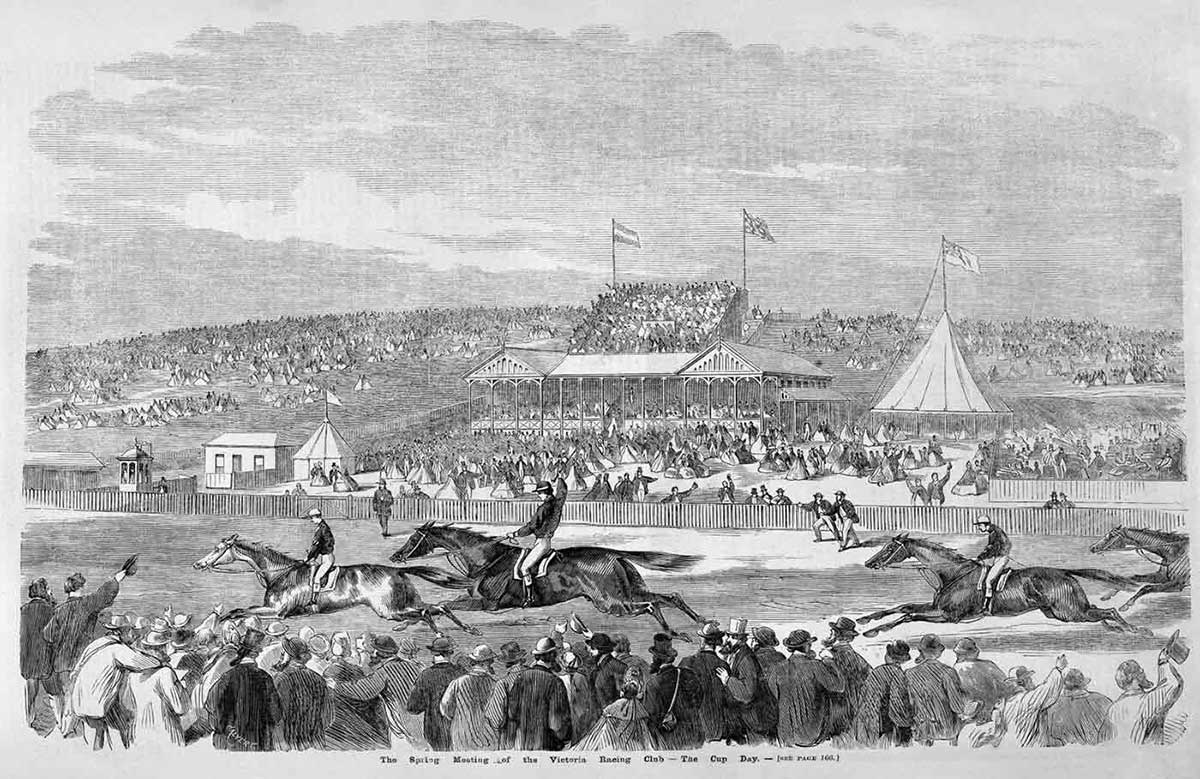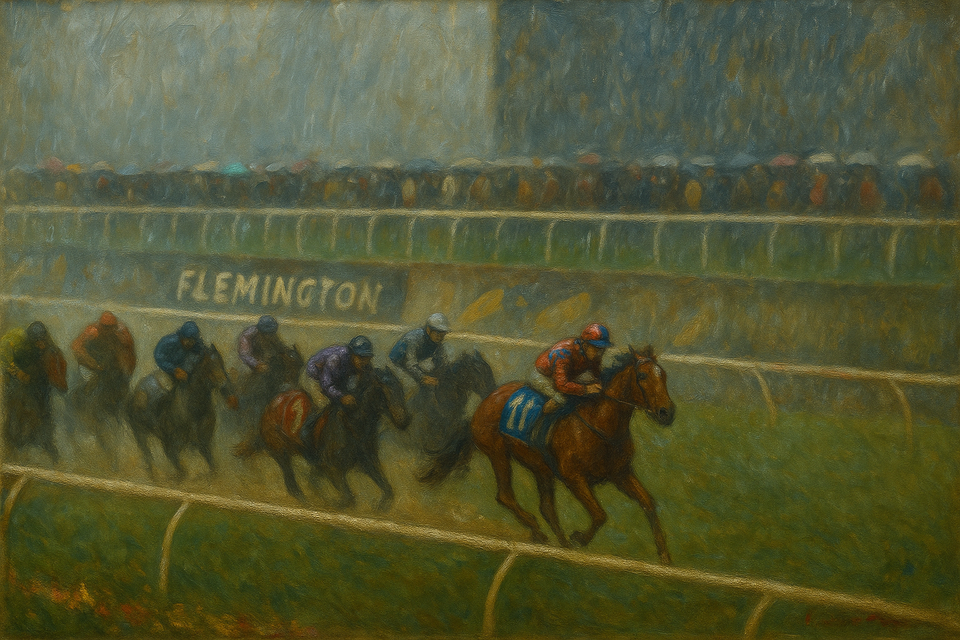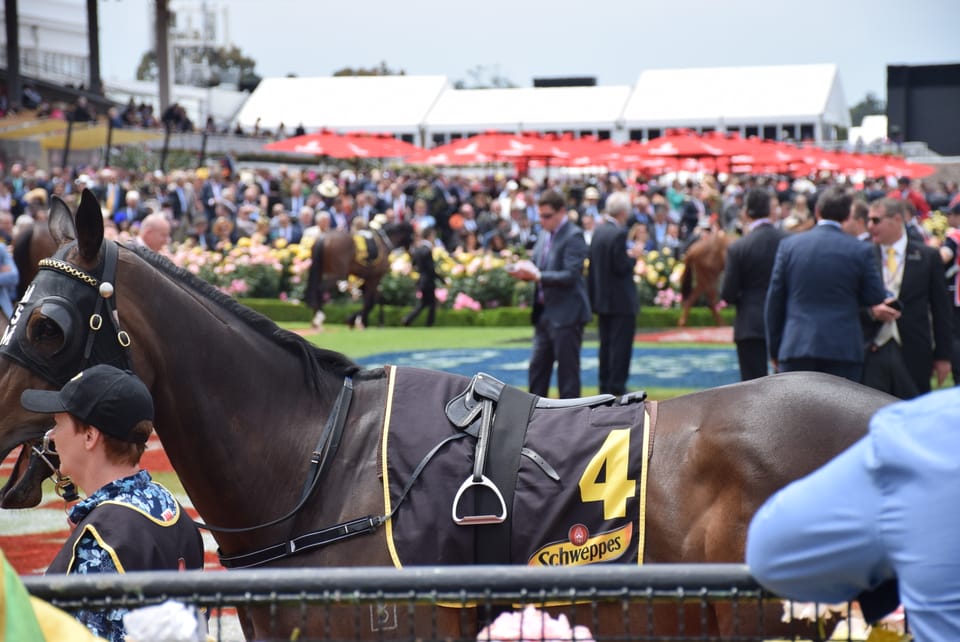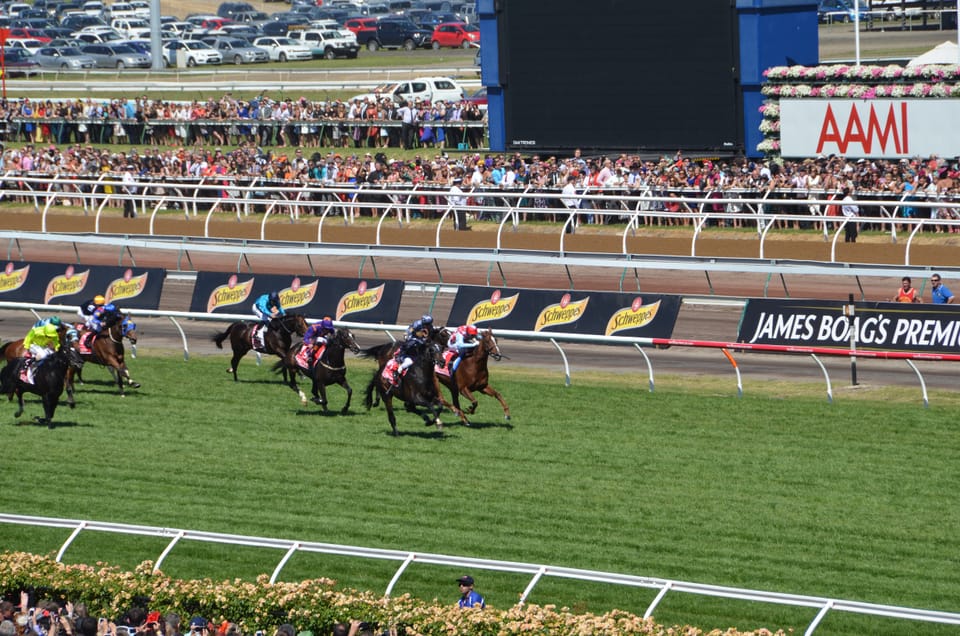A Tradition in Motion: The History of the Melbourne Cup
From colonial paddock to global stage, the Melbourne Cup has traced Australia’s rise from frontier to modernity — one furlong at a time. The first Melbourne Cup was run in 1861, when the city was still a young colonial settlement.

From colonial paddock to global stage, the Melbourne Cup has traced Australia’s rise from frontier to modernity — one furlong at a time.
Beginnings on the Colonial Turf
The first Melbourne Cup was run in 1861, when the city was still a young colonial settlement. The track at Flemington Racecourse was little more than an oval of beaten earth, yet the idea caught on immediately. What began as a modest handicap for local horses soon became the defining event of the Australian sporting year.
The inaugural winner, Archer, had walked more than 500 miles from New South Wales to compete — a story that became part of Cup folklore. Within a decade, the race was drawing crowds in the tens of thousands, its prestige growing with every stride.
By the 1880s, special trains were bringing spectators from across the colonies, and the Cup had become a de facto national festival. It wasn’t merely about racing; it was about identity.
A Mirror of a Nation
Each era has left its mark on the Melbourne Cup. The boom years of the 1880s saw vast betting rings and lavish fashions; the Depression years gave the country Phar Lap, whose courage on the track became a symbol of endurance; and in the post-war decades, the Cup reflected a new prosperity and a growing sense of internationalism.
Today’s event still carries the imprint of that evolution. The Melbourne Cup Carnival now spans four major race days, but the core idea remains unchanged — the shared pleasure of watching excellence performed in public, with grace intact.
Racing’s Architectural Heritage
The history of Flemington Racecourse is written not only in results but in its physical form. The Members’ Grandstand, the rose gardens, and the long curve of the home straight have become as recognisable as any landmark in Melbourne. The course is, in its way, a piece of living architecture — added to, restored, and reinterpreted for more than 160 years.
Its setting by the Maribyrnong River still allows the same view that nineteenth-century racegoers enjoyed: the city shimmering in the distance, the track a green stage for horses bred to run on air.
The International Age
What was once a local contest has become a global one. From the 1990s onwards, European and Japanese thoroughbreds began to dominate the field, transforming the Cup from an Australian event into a truly international classic. The victory of Ireland’s Vintage Crop in 1993 altered the race forever, proving that the world was watching — and willing to travel.
Today, trainers from Ireland, the UK, Japan, and France send their best stayers to Melbourne, drawn by the prestige and the prize. Yet even amid globalisation, the Cup retains its singular Australian note: a cheerful democracy in which silk, sun, and champagne are enjoyed without hierarchy.
Culture, Craft, and Continuity
The story of the Cup is as much about its people as its horses. Tailors, milliners, florists, caterers, and stablehands have all shaped its tone. Generations of artisans — many of them Melbourne-born — have given the Carnival its distinct civility. It remains a showcase not only of equestrian skill but of craftsmanship, and for that reason, it belongs as readily to the cultural pages as to the sporting ones.
Visitors who wish to explore the sartorial heritage that parallels this story will find kindred traditions in our guide to Royal Ascot.
What Endures
If the Cup has lasted, it is because it understands proportion. It never demands reverence, only attention. Beneath the colour and ceremony lies a simple principle: that a public gathering can still embody grace. The Melbourne Cup has weathered wars, depressions, and decades of change without losing its civility. It continues to offer something that feels increasingly valuable — an annual moment of order amid the noise of modern life.
As the roses bloom again at Flemington and the field assembles, the race carries with it the weight of its past and the ease of its present. A tradition, still in motion.
--
Image: The Spring Meeting of the Victoria Racing Club – The Cup Day, 1865, Samuel Calvert, print from wood engraving. State Library of Victoria


